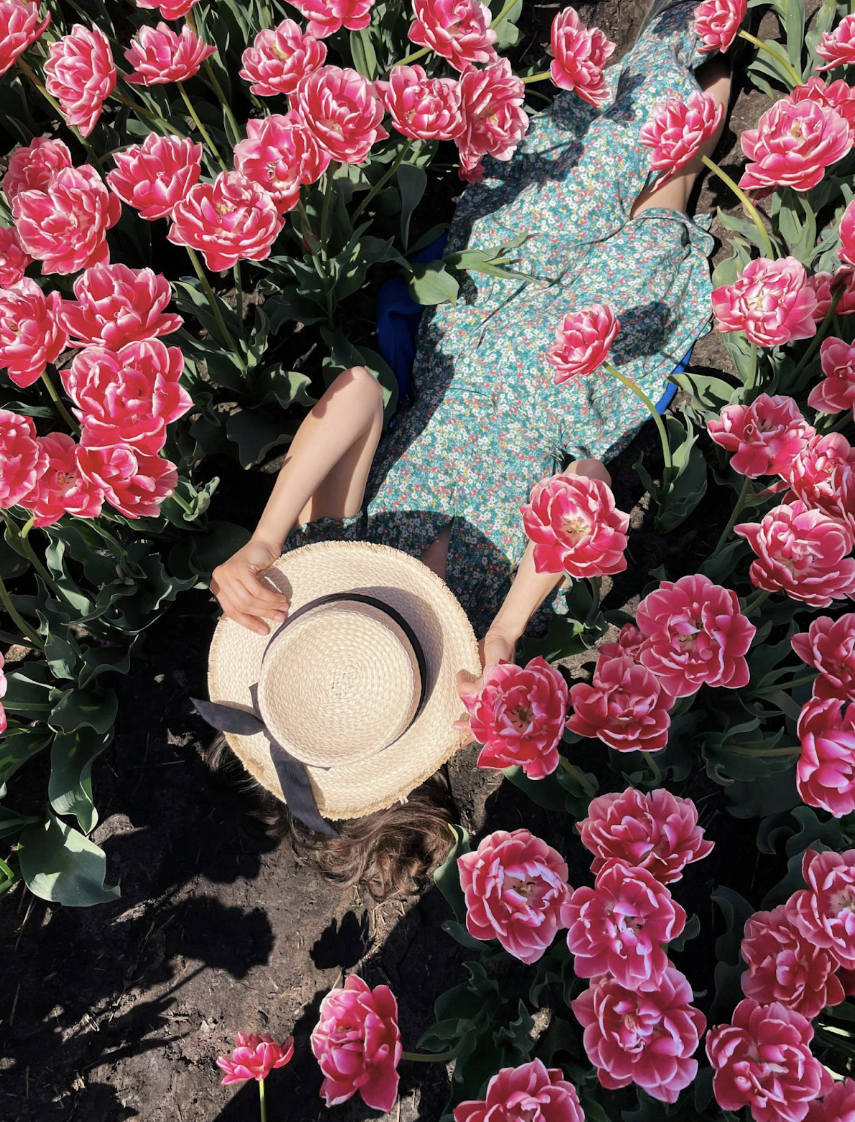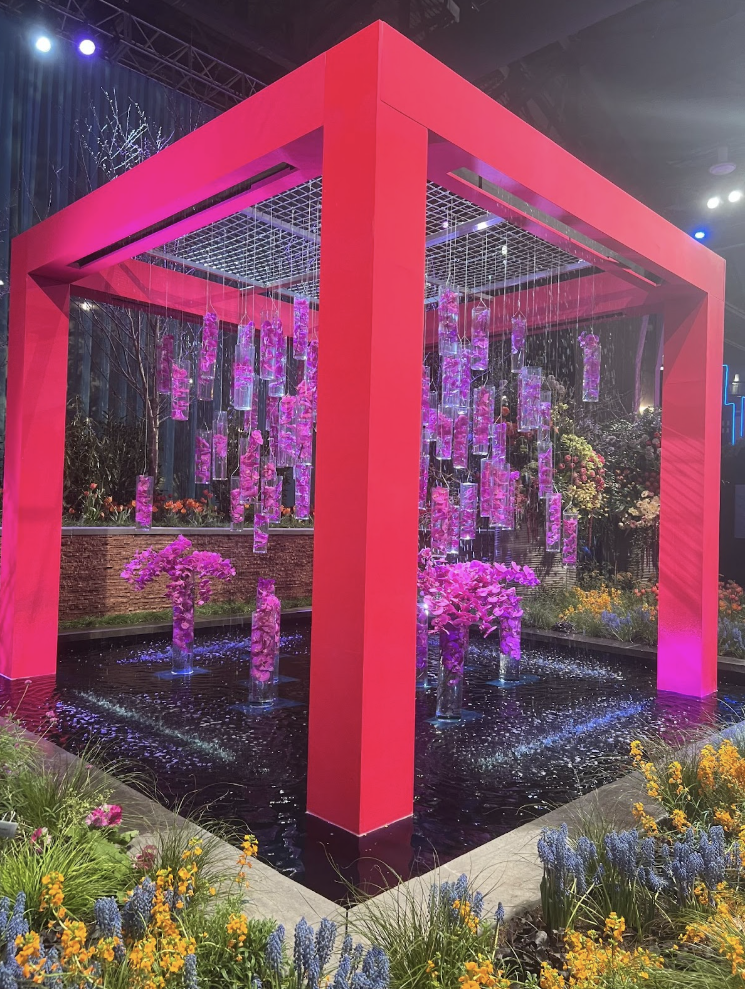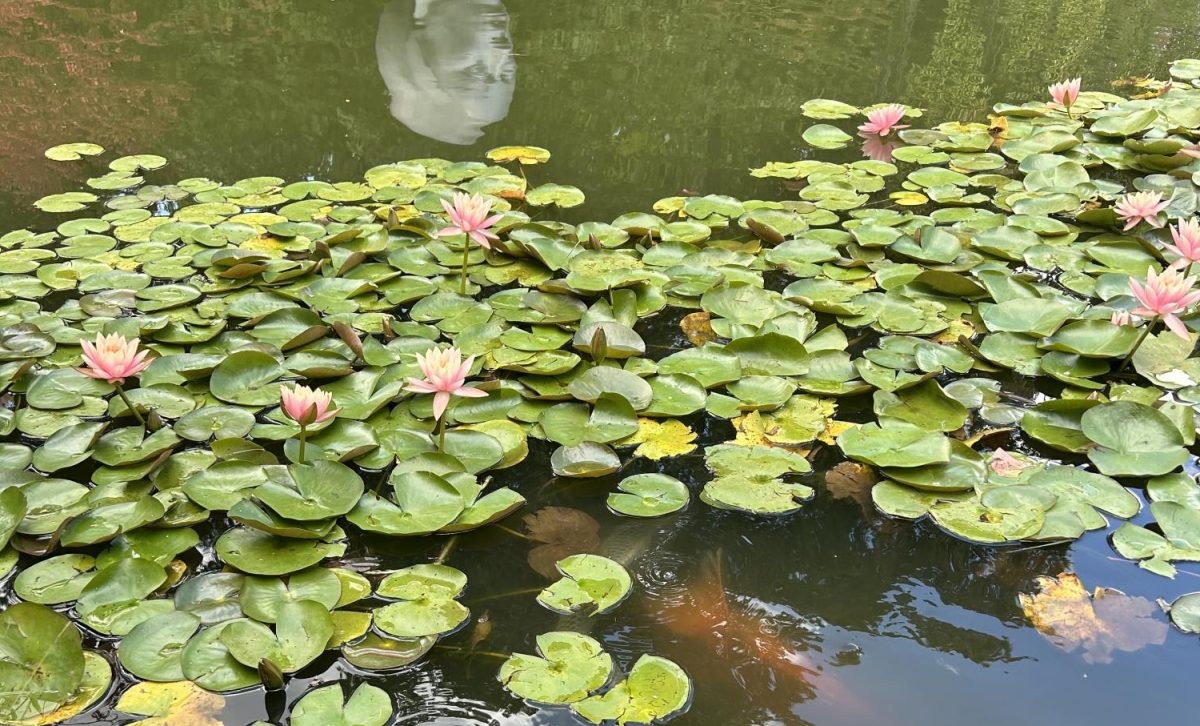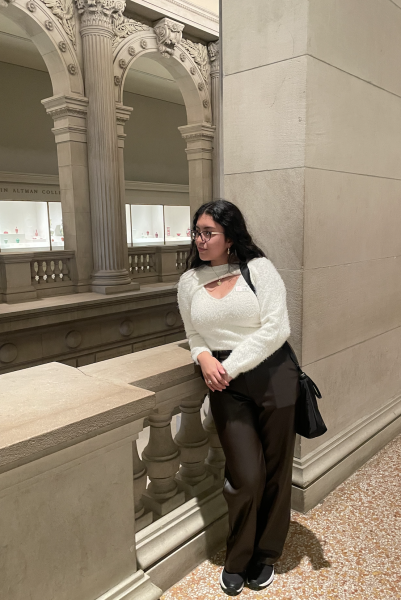Spring has officially arrived, and with it come beautiful flowers blossoming. But beyond their vibrant beauty and petals (and their pollen), flowers have longed carried deeper meanings. Throughout time, different cultures have attributed various meanings and stories to flowers, and learning the language of flowers, or floriography, became a popular passtime in the Victorian era. This knowledge was used to send messages through flowers, creating an unspoken but understood form of communication. Even to this day, floriography can help you choose the right gift, understand references in literature, or simply give you some fun facts. So, here’s a list of some flowers and their symbolism to help you understand the hidden message behind each bloom.
#1: Hyacinth
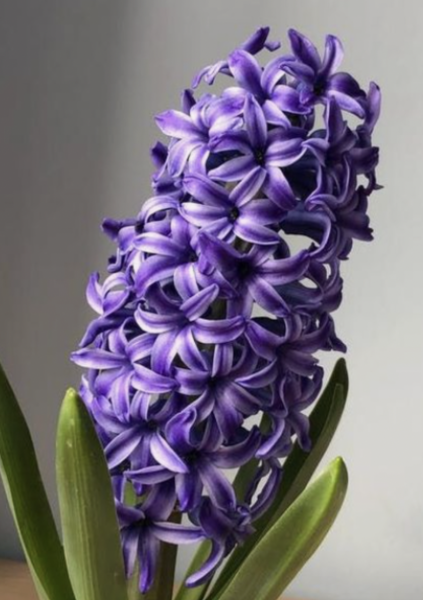
The hyacinth, with it’s beautiful cluster of purple blossoms, has a bittersweet creation story. In Greek mythology, there was a young Spartan prince named Hyacinthus. Hyacinthus was the lover of the god Apollo (god of music, archery, medicine, and the sun). The two loved each other dearly, but as most of Greek love stories, their love ended tragically. One fateful day, as Hyacinthus and Apollo were throwing a discus together, Apollo threw the discus and it hit Hyacinthus in the head, killing him. Apollo desperately tried to save him but was unable to do so and was devasted as his lover died. From Hyacinthus’ blood bloomed a flower (the Hyacinth) and it became a reminder to Apollo of his fallen lover. Nowadays, the purple hyacinth represents a desire for forgiveness, a fitting symbolism given Apollo’s grief and devastation in the myth. So, if you owe someone an apology, maybe consider giving them some hyacinthus along with your apology.
#2: Gladiolus
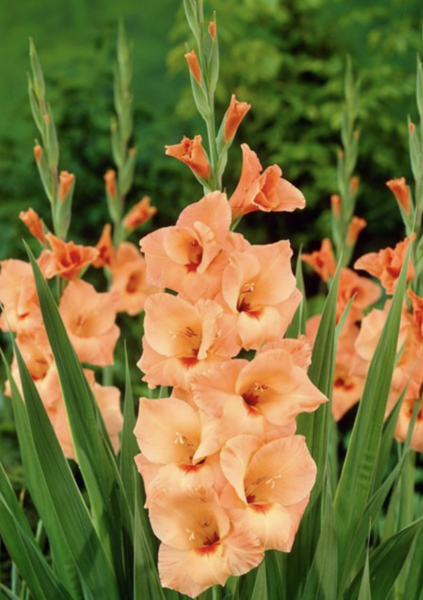
This gorgeous flower can mean multiple things such as “give me a break” or as a way to let someone know that you are really sincere. It is also known as the flower of gladiators and is thus associated with the values/characteristics of Roman gladiators. These gladiators, known for their valor and skill, allegedly wore Gladioli as symbols of protection and victory. For that reason, gladiolus can also represent resiliency, honor, and virtue.
#3: Poppy
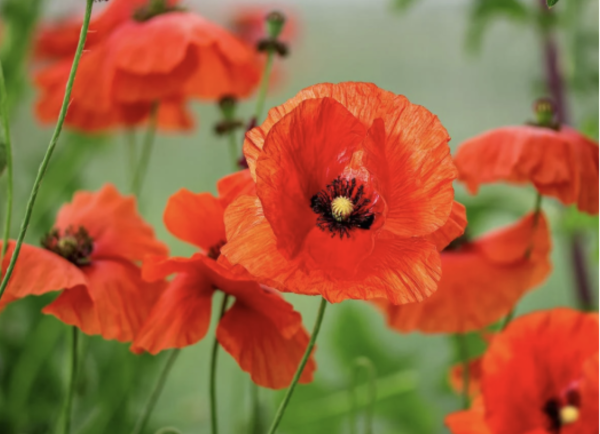
This flower (which is my personal favorite) is associated with eternal sleep, messages delivered in dreams, and remembrance. If you are an Adrienne Lecker fan, then you have seen these flowers painted on their album cover. During the Victorian era, these flowers, especially red poppies, were mostly used to symbolize loss, and as previously mentioned, deep sleep. The reason behind this is because of the sedative effect of a poppy’s sap. In Japanese and Chinese cultures, they were a representation of passionate love. The Ancient Greeks associated poppies with Demeter (goddess of harvest) since it is said she was given poppy seeds to help her sleep when her daughter Persephone was , Nyx (primordial goddess of night), and Hypnos (god of sleep). Morpheus, the god of dreams, was also said to have slept in a cave full of these flowers.
#4: Dandelions
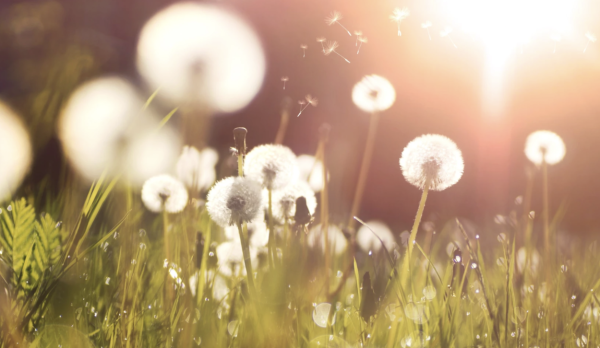
Though dandelions are often seen or considered weeds, they are very commonly seen throughout this time of year, so knowing about them and their significance makes their appearance more special. Apart from granting wishes upon being blown on, this plant can symbolize faithfulness, happiness, and hope. Although it is a common weed, it’s one that brings hope of spring and are ever-present during these times, so they deserve some love too.
#5: Roses
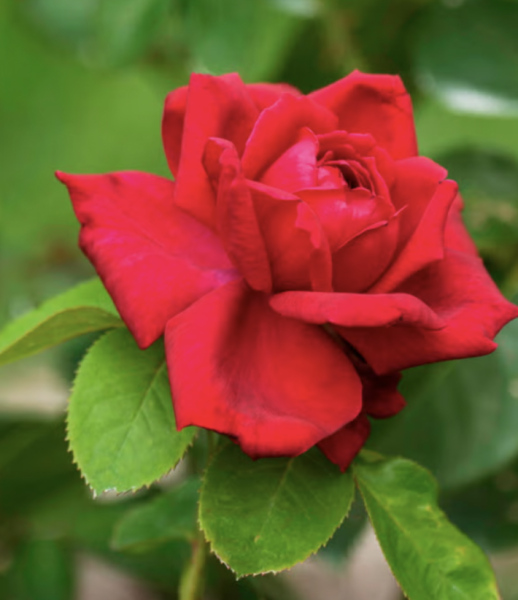
Roses are known as “the queen of flowers” and for good reason given that they are one of the most popular flowers. As most already know, roses are used to symbolize love. In Greek and Roman mythology, roses were associated with the goddess of beauty and love of each respective society (Aphrodite for the Greeks and Venus for the Romans). The specific kind of love depends on the color of the rose. Red roses are used to symbolize romantic love, which is why they are a fan-favorite during Valentines day. Yellow roses were originally meant to represent jealousy during the Victorian era, but now they are considered to symbolize friendship, so if you’re looking for a gift for your friend, you might want to consider yellow roses. Pink roses symbolize gratitude or appreciation. White roses are thought to represent young love or innocence due to the purity of the color. Roses can also be used to symbolize the danger that comes with beauty due to the thorns that accompany the gorgeous petalled flower.
#6: Tulips
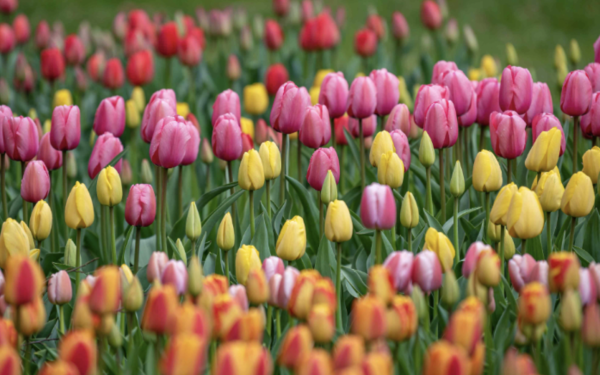
Tulips are incredibly popular during spring and particularly during the Easter season. In the Victorian era, red tulips meant “believe me” or were used as a declaration of love. Yellow tulips meant “ there’s sunshine in your smile”. Generally, they are considered to symbolize rebirth and love. Their association with love comes from the Persian tale of Farhad and Shirin, a tale of tragic love like that of Romeo and Juliette. The story involves Farhad, a humble stonecutter, who was in love with the stunning Princess Shirin, and he sought to win her hand in marriage. The King disapproved of the union and so he made Farhad undergo a challenging endeavor but still denied the marriage. Farhad, determined to marry Princess Shirin, carved a tunnel through a mountain to reach her. The King lied to Princess Shirin, telling her that Farhad had died. Heartbroken, she jumped to her death. Once Farhad learned of her death, he too decided to follow his love, even to death, and rode his steed off a cliff. Tulips were said to have sprouted from the earth where their blood had fallen, symbolizing their enduring love.
Flowers have long been more than decoration; they are story-tellers and symbols of a range of emotions from grief to love. Now knowing the symbolism of flowers, you can choose and gift flowers with thoughtful intention, adding a deeper layer of meaning to every bouquet. Whether given as a heartfelt gift or recognized in literature and art, flowers act as continuous symbols of human sentiment that extend throughout multiple cultures and time periods. So the next time you see a flower, take a moment to appreciate the history and sentiment it carries, because every petal has a story to tell and perhaps, even a story you can resonate with.














